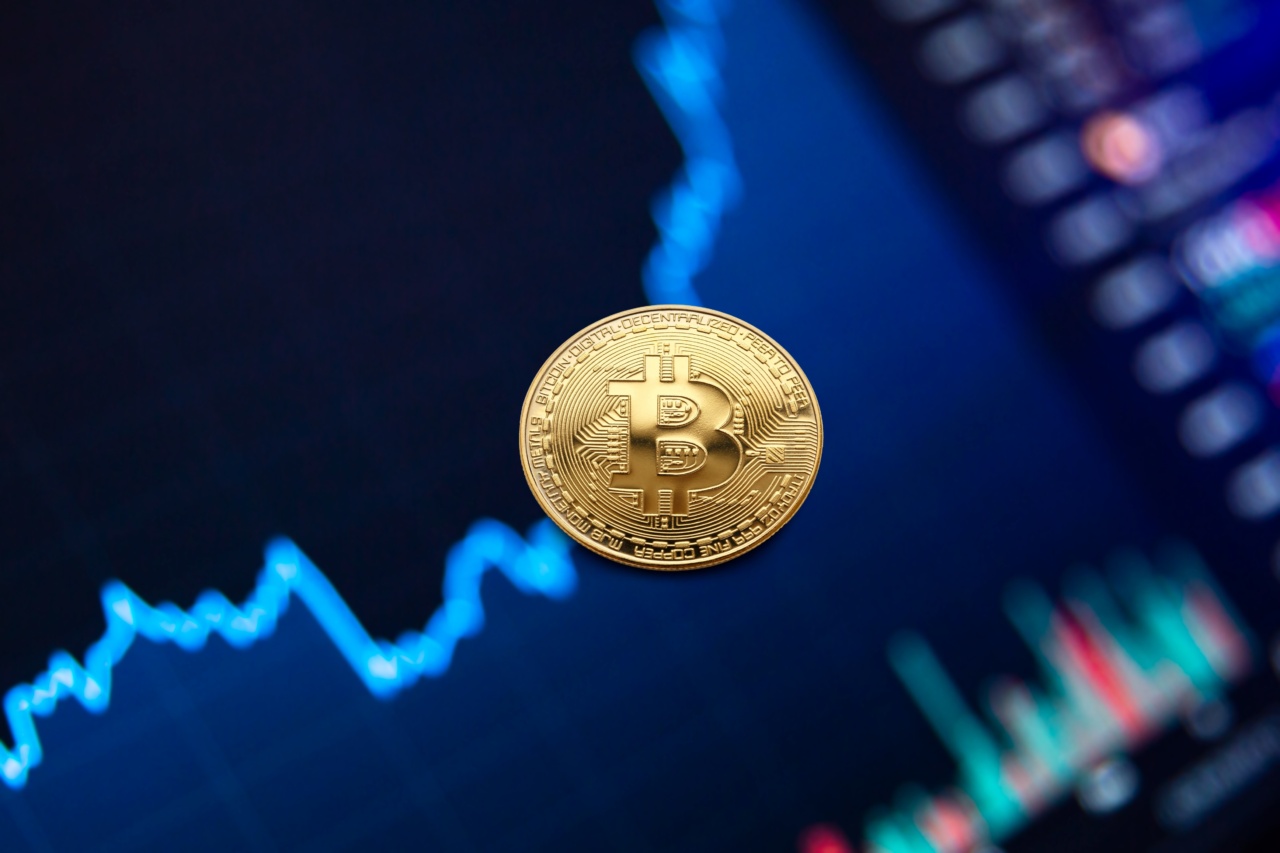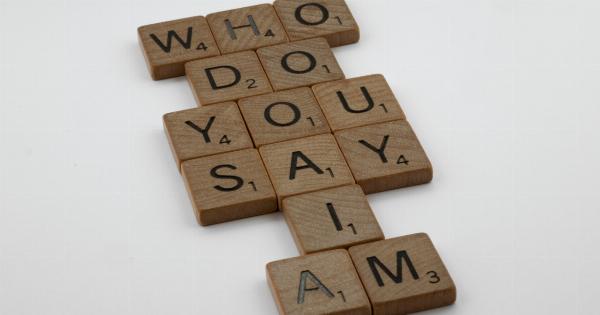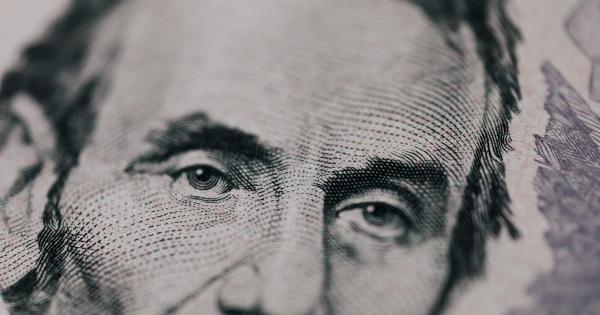Cardiovascular abuse, also known as financial abuse, is a severe issue affecting a significant number of individuals globally.
This form of abuse involves perpetrators exploiting and controlling victims financially, leading to devastating consequences for the victims, their families, and society as a whole. Understanding the monetary value associated with cardiovascular abuse victims is crucial to shed light on the magnitude of this problem and ensure appropriate action is taken to prevent and address it effectively.
The Impact of Cardiovascular Abuse on Victims
Cardiovascular abuse can manifest in various ways, including controlling financial resources, stealing assets, and coercing victims into giving up their money or property.
This abuse often occurs within intimate relationships or by caregivers who exploit vulnerable individuals such as the elderly or disabled. The consequences of cardiovascular abuse extend far beyond the immediate financial loss.
Victims of cardiovascular abuse often suffer from a range of physical, emotional, and psychological effects. They may experience stress, anxiety, depression, and a loss of independence.
These individuals may also face difficulties in maintaining basic needs such as housing, food, and healthcare due to their financial exploitation. The impact on their overall well-being is immeasurable, but it also has significant monetary implications.
The Financial Cost of Cardiovascular Abuse
The direct financial cost of cardiovascular abuse on victims is substantial. The perpetrators may drain bank accounts, max out credit cards, or sell the victims’ assets without their knowledge or consent.
This leads to immediate financial instability and a loss of personal resources. Victims may find themselves unable to pay bills, mortgages, or generate income, resulting in mounting debts, eviction, and even homelessness.
Furthermore, victims of cardiovascular abuse often require legal assistance to regain control over their finances and hold the perpetrators accountable.
Legal fees, court costs, and other expenses associated with navigating the legal system are additional financial burdens victims must bear.
Indirectly, cardiovascular abuse also poses a significant financial burden on society. As victims struggle with the aftermath of their abuse, they may require public assistance programs, healthcare services, or find themselves in need of social housing.
These costs not only impact the victims but also strain public resources that could be allocated to other areas of need.
The Role of Financial Institutions
Financial institutions play a critical role in preventing and addressing cardiovascular abuse.
Banks, credit unions, and other financial organizations have a responsibility to implement robust security measures and protocols to protect vulnerable individuals from financial exploitation. These institutions should have dedicated teams trained to identify signs of cardiovascular abuse and take appropriate action to prevent further harm.
Additionally, financial institutions are well-positioned to provide support and resources to victims of cardiovascular abuse.
Collaborating with local community organizations and law enforcement agencies, they can ensure victims have access to the necessary services for recovery, such as legal aid and financial counseling.
Prevention and Awareness
Prevention is key in addressing cardiovascular abuse. Raising awareness about the signs and consequences of this form of abuse is crucial to empower potential victims and encourage early intervention.
Educating individuals about their rights, financial literacy, and the resources available to them can help prevent exploitation and mitigate the associated monetary costs.
Public awareness campaigns and educational programs should target not only potential victims but also their support networks, including family members, friends, and caregivers.
By equipping those in close proximity to victims with the knowledge and tools to recognize and report cardiovascular abuse, we can build a stronger and more vigilant community that protects its most vulnerable members.
Conclusion
The monetary value of cardiovascular abuse victims extends far beyond the immediate financial loss they endure.
The devastating consequences affect their overall well-being, resulting in increased reliance on public resources and straining the social fabric. Recognizing the monetary impact of this abuse is crucial for policymakers, financial institutions, and society as a whole to take effective action in preventing cardiovascular abuse, supporting victims, and promoting financial security.





























